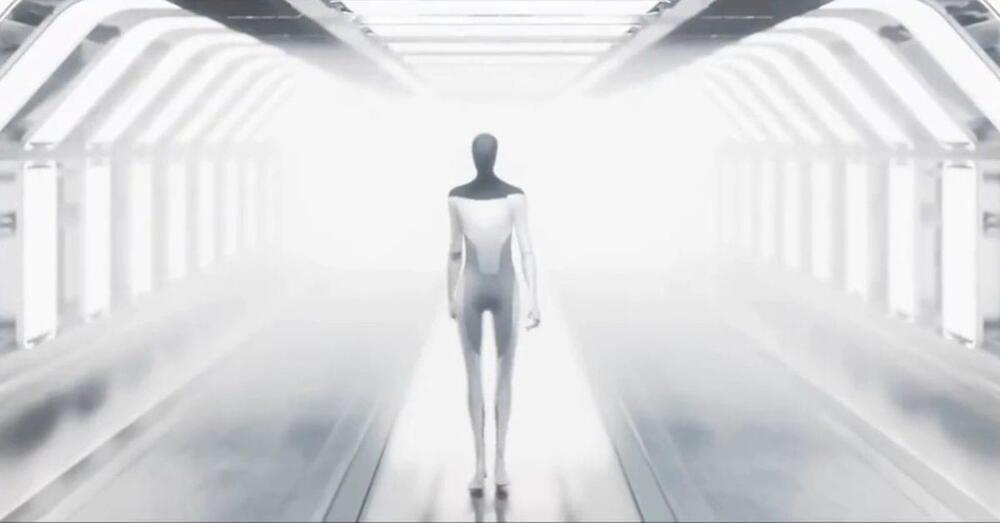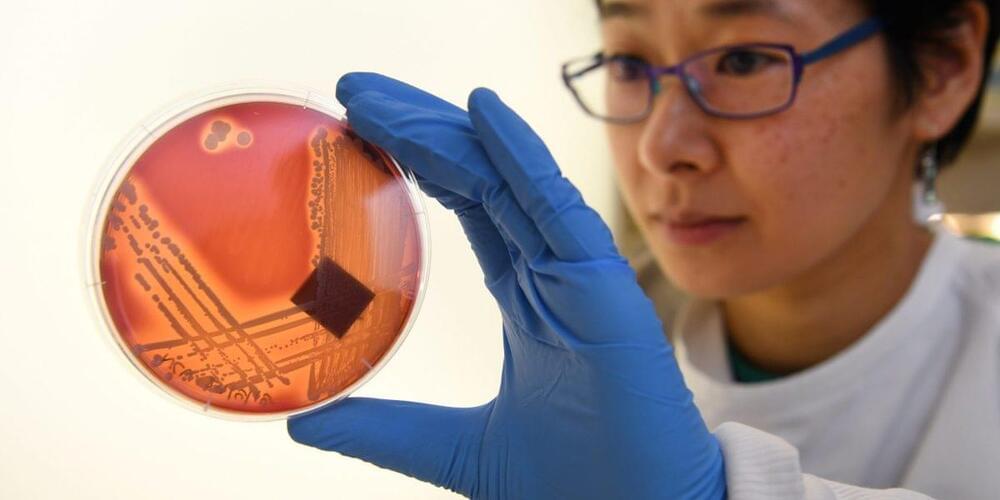Elon Musk announced that he is thinking about involving Tesla in the creation of Artificial General Intelligence (AGI).
He also added that he plans on decentralizing the control of Tesla Bot to avoid a Terminator-like scenario.
For a few years now, Musk has been pushing the idea that Tesla is the world’s leading company when it comes to real-world applications of artificial intelligence.







